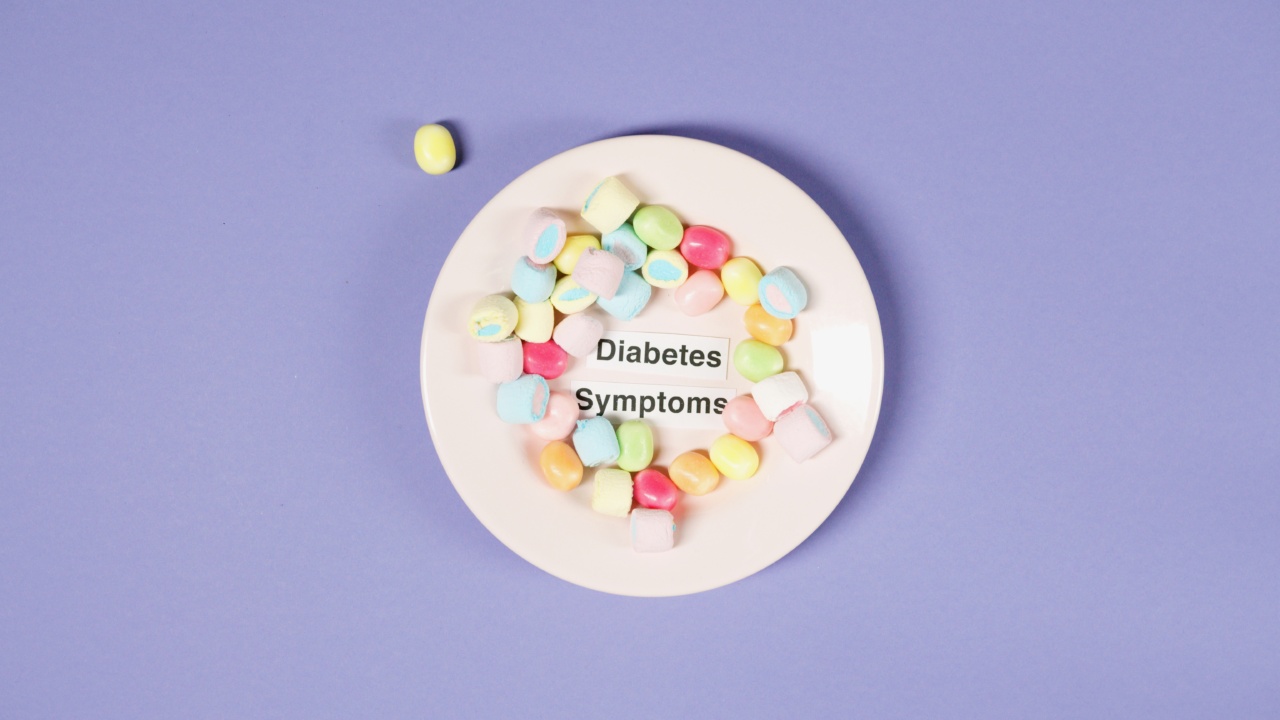Hashimoto’s thyroiditis is a type of autoimmune disorder where the immune system attacks the thyroid gland. This can lead to hypothyroidism, a condition where the thyroid gland fails to produce enough hormones.
The resulting hormonal imbalance can cause a wide range of symptoms such as fatigue, weight gain, hair loss, depression, and cold intolerance.
While medical treatment is important, dietary changes can also play an important role in managing and relieving symptoms of Hashimoto’s thyroiditis.
In this article, we will explore how specific dietary changes may be beneficial for those with Hashimoto’s thyroiditis.
Eating an Anti-Inflammatory Diet
Inflammation is one of the hallmark characteristics of Hashimoto’s thyroiditis. Consuming an anti-inflammatory diet can help to reduce inflammation in the body and reduce symptoms.
An anti-inflammatory diet involves consuming nutrient-dense whole foods that promote overall health, while avoiding foods that can trigger inflammation.
Some anti-inflammatory foods that you might want to include in your diet include:.
- Fatty fish like salmon and sardines, which are high in omega-3 fatty acids
- Dark leafy greens like spinach and kale, which are packed with anti-inflammatory antioxidants and other nutrients
- Colorful fruits and vegetables like berries, tomatoes, and sweet potatoes.
- Nuts like almonds and walnuts, which are high in vitamin E and healthy fats that can help reduce inflammation
- Spices like ginger and turmeric, which contain potent anti-inflammatory compounds
Avoiding processed foods, sugar, and unhealthy fats like trans fats can also help to reduce inflammation and improve overall health.
Following a Gluten-Free Diet
Another dietary modification that can be helpful for people with Hashimoto’s thyroiditis is following a gluten-free diet. Gluten is a protein found in wheat, barley, and rye.
It can trigger inflammation and exacerbate autoimmune disorders in some people.
Studies have shown that people with Hashimoto’s thyroiditis are more likely to have celiac disease, a condition where the immune system attacks the lining of the small intestine in response to gluten.
Even if celiac disease is not present, many people with Hashimoto’s thyroiditis find that eliminating gluten from their diet can reduce inflammation and improve symptoms.
If you decide to go gluten-free, it’s important to read labels carefully and avoid foods that contain gluten. This can include anything made with wheat flour, such as bread, pasta, crackers, and baked goods.
Look for gluten-free alternatives made with grains like rice, quinoa, and buckwheat.
Getting Enough Nutrients
People with Hashimoto’s thyroiditis are at a higher risk for nutrient deficiencies, which can worsen symptoms.
For example, low levels of vitamin D can lead to muscle weakness and bone pain, while low levels of iron can lead to fatigue and anemia.
Eating a healthy, balanced diet can help to ensure that you are getting all of the nutrients you need. However, some people with Hashimoto’s thyroiditis may benefit from taking supplements to address specific nutrient deficiencies.
Your doctor can help you determine if you need supplements and how much you should be taking.
Other Considerations
In addition to the dietary changes mentioned above, here are a few other things to keep in mind:.
- Limit caffeine and alcohol, which can interfere with thyroid function and exacerbate symptoms.
- Aim for a healthy body weight, as being overweight can worsen symptoms of hypothyroidism.
- Practice stress reduction techniques like meditation and yoga, as stress can exacerbate autoimmune disorders like Hashimoto’s thyroiditis.
- Work with a registered dietitian to develop an individualized eating plan that fits your needs and lifestyle.
Conclusion
While dietary changes cannot cure Hashimoto’s thyroiditis, they can play an important role in managing symptoms and improving overall health.
Eating an anti-inflammatory diet, following a gluten-free diet, and getting enough nutrients are all important considerations. By making these changes, individuals with Hashimoto’s thyroiditis can improve their quality of life and reduce the severity of symptoms.





























